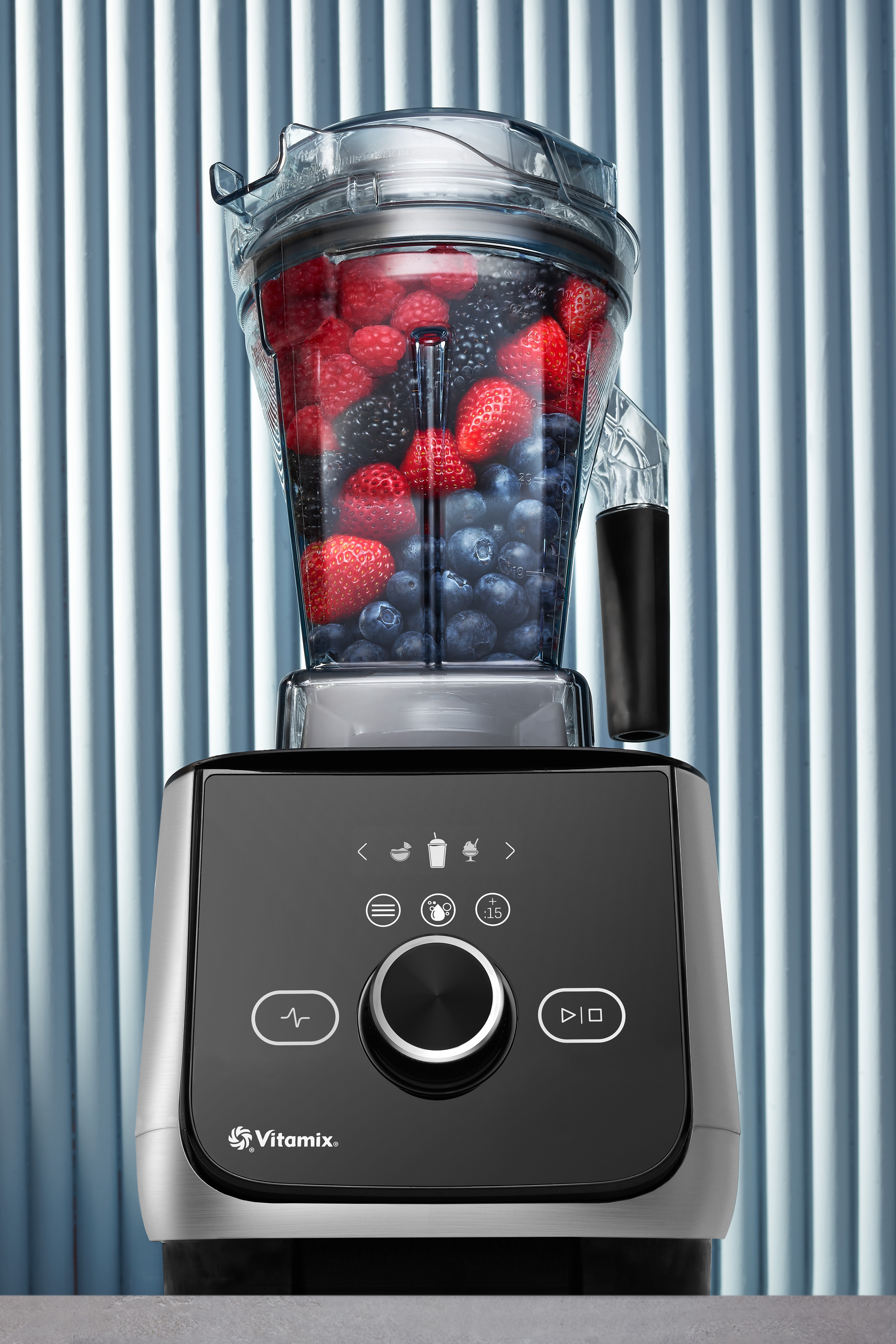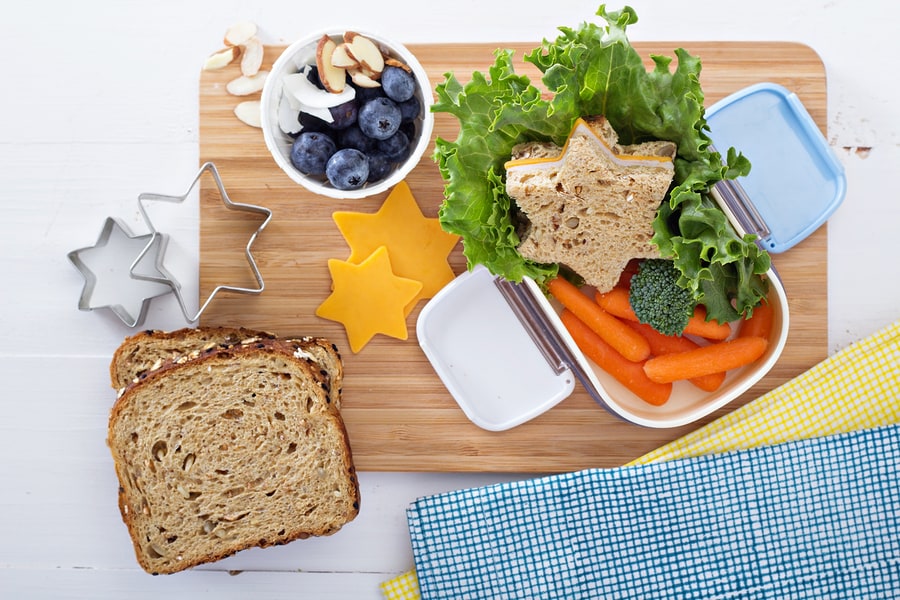Planning and preparing a healthy lunch for kids can be challenging. Children require a sufficient amount of calories on a daily basis in order to keep up with physical and mental activities. They also need a wide range of nutrients to support healthy growth and development, so a well-balanced lunch is extremely important. Here are some tips to consider when packing your child's lunch box.
Include These Nutrients
Proteins
Proteins are the building blocks for all tissues and cells in the body and are essential for growth. Protein-rich foods can help your child feel full for longer. Good sources of protein are meat, poultry, fish, beans, eggs, cheese, milk, yogurt, nuts, and seeds.
Carbohydrates
Carbohydrates supply glucose to the brain and provide the body with energy. Vegetables, beans, whole grains, and fruits are full of low-glycemic carbohydrates. For active kids, complex carbohydrates with a higher glycemic index, such as potatoes, rice, pasta, and bread, can also be good sources.
Healthy Fats
Children need certain types of fat for normal cell growth, and for brain and nervous system development. Healthy fats are found primarily in nuts, seeds, fish, and avocados, as well as in seed and nut oils and butters.
Vitamins
Vitamins are essential for developing the immune system, eyesight, skin, and bones, as well as helping with the absorption of minerals and facilitating detoxification processes. Although children need the proper intake levels of all vitamins, the vitamins they are often deficient in are vitamin A, folate, vitamin B6, vitamin B12, vitamin C, and vitamin D. Fruits and vegetables are both excellent sources of vitamins. However, vitamin B12 is mostly available in animal products, and dietary sources of vitamin D are mostly fortified foods and beverages, as well as fish.
Minerals
Minerals are needed for developing healthy bones, teeth, muscles, nerve cells, and other tissues. As with vitamins, children need proper amounts of all essential minerals. The minerals they're most often lacking in their diet are calcium, iron, magnesium, and zinc. Good sources of minerals are fruits, vegetables, cheeses, plain yogurt, and nuts.
Divide It into Sections
This may seem like a long list of necessary nutrients, but assembling a perfect lunch box will be much easier if you divide it into four categories—main meal, vegetables, fruits, and a snack. The main meal should be the most substantial and include the most protein and carbohydrates. Some good main meal ideas are a wrap or pita pocket with chicken slices or hard-boiled eggs with grated vegetables, beans, and hummus. You could also make your kids a pasta salad with chicken or fish and load it with spinach, tomatoes, cucumbers, and homemade dressing. If you're packing leftovers from the night before, make sure it includes a protein, carbohydrates, and some vegetables.
Additional Helpful Tips
- Ideally, the main meal in your kid's lunch box should include some vegetables, but it's always a good idea to have extra veggies to munch on. Cut up some carrots, celery, cucumber, red bell pepper, or another vegetable, and then add a yogurt-based dressing, black bean dip, or hummus to go with them.
- To make it easier to eat fruit, peel and slice it or prepare a fruit salad. To mix things up, you can even add unsweetened applesauce to your kid's lunch box. Healthy snack options include a yogurt parfait with granola, dried fruits, nuts, pieces of cheese, or trail mix. You can also try making homemade granola bars, muffins, or banana bread.
- Children are usually hesitant to try new foods, so it's better to pack foods they already know and like. You should also check with the school to see if there are certain foods you should avoid due to allergies. Instead of peanut butter, you could try a homemade seed butter to avoid potential reactions.
- Packing lunches won't take up a lot of your time if you do some meal prep at the beginning of the week. For example, you can cut up roasted chicken into portions, hard-boil some eggs, slice veggies, and make hummus or black bean dip to keep in the fridge. You could even cook extra food for dinner and pack it for lunch the next day.
If you plan ahead and follow a few simple rules, packing a healthy lunch for kids won't require a lot of time or effort. You'll also feel confident knowing that your children have enough energy and nutrients to learn and play all day.



